Joanne Lees and the missing memorial for Peter Falconio
Joanne Lees has quietly scrapped plans to build a $250,000 statue in memory of her murdered boyfriend Peter Falconio and is now facing questions about the fate of donations she received for its construction.
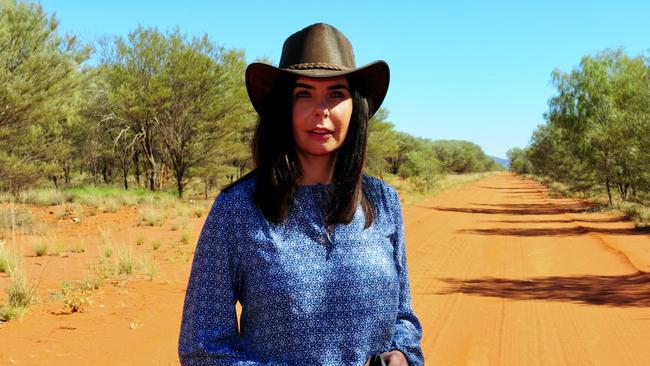
Joanne Lees has quietly scrapped plans to build a $250,000 statue in memory of her boyfriend Peter Falconio, who was murdered in the Outback, describing it as “her greatest regret” — and she is now facing questions about the fate of thousands of dollars in donations she received for its construction.
Ms Lees announced the ambitious project after a tightly stage-managed trip to the Northern Territory in 2016 for the 15th anniversary of Falconio’s death, selling the TV rights to the “secret trip” for six figures and launching a fundraising campaign to bankroll her vision for the monument.
She said the memorial would take the shape of a huge “silver metal sculpture of a falcon standing 4m high” in the remote town of Ti Tree, about 200km north of Alice Springs in central Australia, where she shared her last sunset alongside Falconio before he was executed on a lonely stretch of highway by drug-runner Bradley Murdoch nearly two decades ago.
She hoped the sculpture would be completed within 12 months. But now, more than four years later, no progress has been made on the project and a string of high-profile Australians enlisted to help drive her fundraising efforts, including prominent child safety campaigners Bruce and Denise Morcombe and former Australian of the Year Rosie Batty, have heard nothing from her.
Ewen Coates, the leading Melbourne artist commissioned to design and construct the statue, said he contacted Ms Lees about two months ago after being approached by The Weekend Australian for an update on the project’s progress, only to be told it was no longer going ahead.
“I sent Joanne an email and she replied and told me that it was her greatest regret that she wasn’t going to be able to make this happen,” Mr Coates said. “It was quite disheartening. In previous emails she suggested she still wanted to follow through with the memorial at some point but it sounds like she has now given up.”
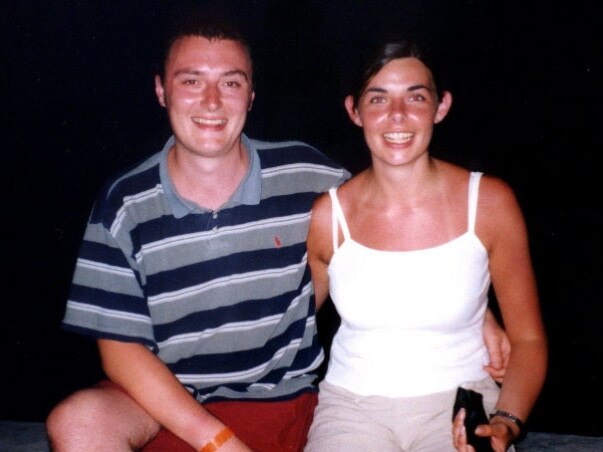
The revelations come in the midst of mounting calls for an overhaul of Australia’s patchwork regulations surrounding amateur fundraisers following a dramatic rise in the number of unregistered groups and individuals spruiking for donations via the internet.
The chaos caused by comedienne Celeste Barber’s $51m bushfire campaign last summer highlighted the confusion felt by donors about how money raised by such appeals would be spent.
Ms Lees initially had every reason to believe her vision would be realised. She had already raised more than $100,000 by hiring Sydney PR outfit The Fleming Agency to broker a deal with Nine’s 60 Minutes program for the exclusive rights to cover her “secret return” to the Outback.
The former British backpacker also garnered widespread support for her fundraising campaign in anticipation she would receive a wealth of donations off the back of the anniversary special, which was billed as “a major television event” when it aired in 2017.
Ms Lees, now 47, has become a social worker since returning to her childhood home town of Huddersfield in the north of England.
Fiercely private, she did not respond to questions from The Weekend Australian regarding her failed fundraiser and her plans for the money it raised.
Many close contacts were similarly guarded. However, her campaign’s official website did offer “A BIG THANK YOU!!!! To all those who have made a kind donation”, before going on to guarantee that “all proceeds will go towards the building of the memorial”.
In the hour-long 60 Minutes special, Ms Lees said she had met with Aboriginal elders in Ti Tree to discuss possible sites in the town for the moment, as she found it too traumatic to return to the location where her boyfriend was murdered, about 100km north of the town, near Barrow Creek.
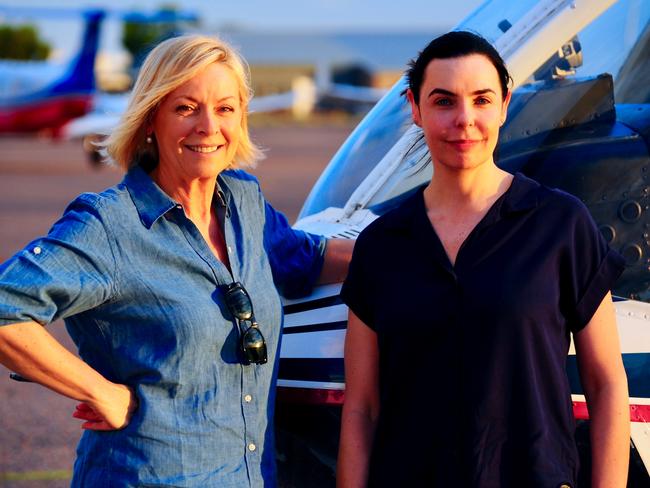
Murdoch had flagged down the British couple as they made their way north on the Stuart Highway at about 7.30pm on Saturday July 14, 2001, before shooting dead Falconio and attempting to abduct Ms Lees.
After being bound and gagged, Ms Lees managed a miraculous escape into the bush as Murdoch loaded Falconio’s body into the back of his four-wheel-drive. She hid in the scrub for five hours before waving down a passing truck and raising the alarm.
Police believe Murdoch, who was sentenced to life in prison in 2005, wanted to kidnap and rape Ms Lees. He has refused to reveal where he hid Falconio’s body, and it has never been found.
It was widely believed Ms Lees’ memorial to her boyfriend would be built at the Ti Tree Roadhouse — the last place the couple stopped before he was murdered — but staff there told The Weekend Australian they had never heard of a monument to Falconio being erected in the town of just 70, let alone near their premises.
No contact
Mr Morcombe said he and his wife — who head the highly regarded Daniel Morcombe Foundation, established in memory of their son who was murdered in 2003 — had met with Ms Lees in the lead-up to her appearance on the 60 Minutes program after she had reached out for help with collecting donations on her behalf.
He said they found her to be a “warm, caring person” and agreed to support her campaign, but had not heard from her since they transferred the funds to her “years ago” and were unsure how the money had been used.
“We don’t have any ongoing contact with her,” Mr Morcombe said. “We did meet her in Sydney a couple of years ago, and that was the first time we’d met.
“Largely, the purpose was to say g’day because the 60 Minutes report was coming out and it was anticipated that it would generate perhaps a lot of donations, and Joanne was looking at how those funds could be safely monitored and accessed when required.
“It was all to do with a Peter Falconio memorial that was going to be erected at approximately the site where he was last seen.
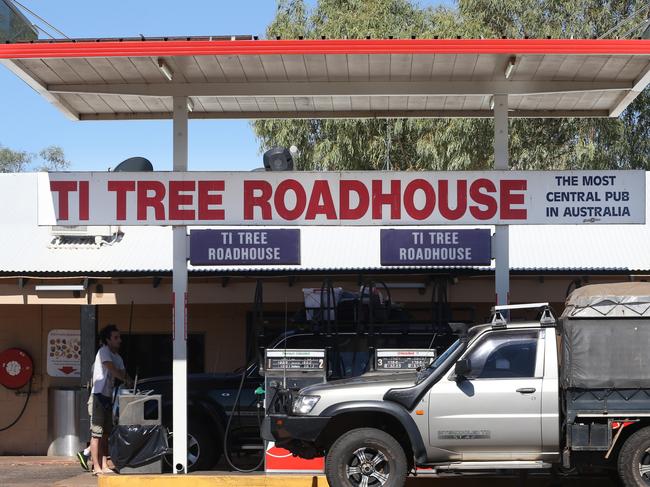
“We just had a very informal, low-key lunch and a chat for a couple of hours and we said we’d help. She was very open and frank; a warm, caring person, to be really honest. She already had some funds in an expense account and we made our (bank) accounts available and did what we could to help her and make sure everything was clear and transparent.
“In the end, the (60 Minutes) report didn’t generate very much. I couldn’t tell you the exact figure but I think it’s fair to say it was less than $10,000. We were happy to look after that in a very minor capacity but we didn’t have anything to do with how it was spent.”
Ms Batty was a feature guest at another fundraising initiative by Ms Lees — an exclusive, invite-only Aboriginal art exhibition and auction at Melbourne’s Queen Victoria Women’s Centre in October 2016, which also promised all proceeds would go to the construction of the memorial.
The anti-domestic violence campaigner said she was unsure how much money the gala raised, nor what had happened to it, and that she had not interacted with Ms Lees since the function.
However, Ms Batty said she believed that the kidnap survivor had launched the fundraiser with “the best intentions” before becoming overwhelmed by the enormity of the task.
Ms Batty said she was all too aware of the unexpected issues that could arise from well-meaning fundraisers, after a local community group constructed a memorial to Ms Batty’s 11-year-old son Luke, following his murder at the hands of his father while at cricket training in 2014.
“It’s really difficult because at the time you’re wanting them not to get forgotten but, as time goes on, you realise how complicated it is,” Ms Batty said. “I had a memorial garden that the community put together. I didn’t even know they were doing it, and it was unveiled, which was a wonderful surprise. But what they hadn’t considered is who’s going to maintain this garden? And, actually, I was paying for a gardener for years because no one had thought of that.”
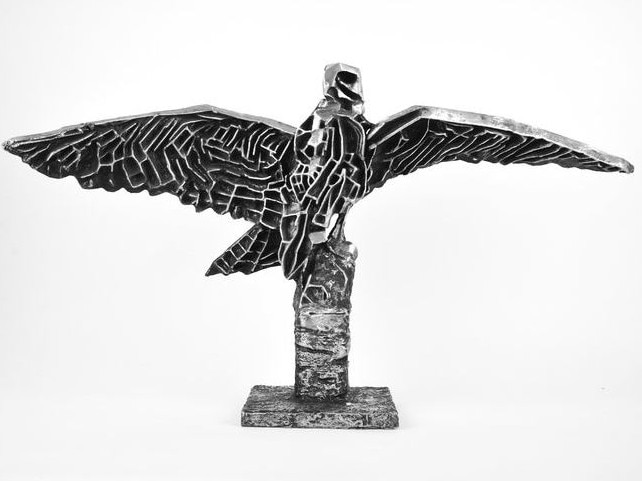
Donations overhaul
Sculptor Ewen Coates said he understood if Ms Lees had been forced to abandon her original plans for the memorial because her fundraising appeal fell short of its target amount.
However, he said he was still enthusiastic about working with her and had emailed her a concept for a scaled-down and less expensive version of the memorial about two months ago but had never heard back from her.
A review by Australia’s national charity regulator last month highlighted “confusion among donors” created by well-meaning but ill-conceived fundraising efforts, often spearheaded by celebrities and social media stars, and the impact it had on registered charities’ ability to effectively communicate how donations would be used.
The Australian Charities and Not-for-profits Commission report into the sector’s handling of millions of dollars in donations given to help with bushfire relief made particular mention of Ms Barber’s efforts, noting that her “extraordinarily successful” campaign had mistakenly promised donors that their money would be used by the NSW Rural Fire Service to deliver charitable aid that it “could not legally deliver”.
The ACNC review found that the international momentum behind Ms Barber’s campaign meant she had already “raised tens of millions of dollars” by the time the NSW RFS Trustee tried to intervene and make donors aware of how their funds could be spent.
Swinburne University researcher Krystian Seibert, whose focus is public policy and the regulation of the not-for-profit sector, said the nation’s charity laws required urgent reform to provide donors with both better protection and peace of mind.
“What we need is a single national regulatory framework,” he said. “We don’t want to dissuade someone from raising money for a memorial, but we want to make sure that there is some sort of minimum framework that’s in place so people know how their money will be used, whether that’s $20 or $20,000.”



